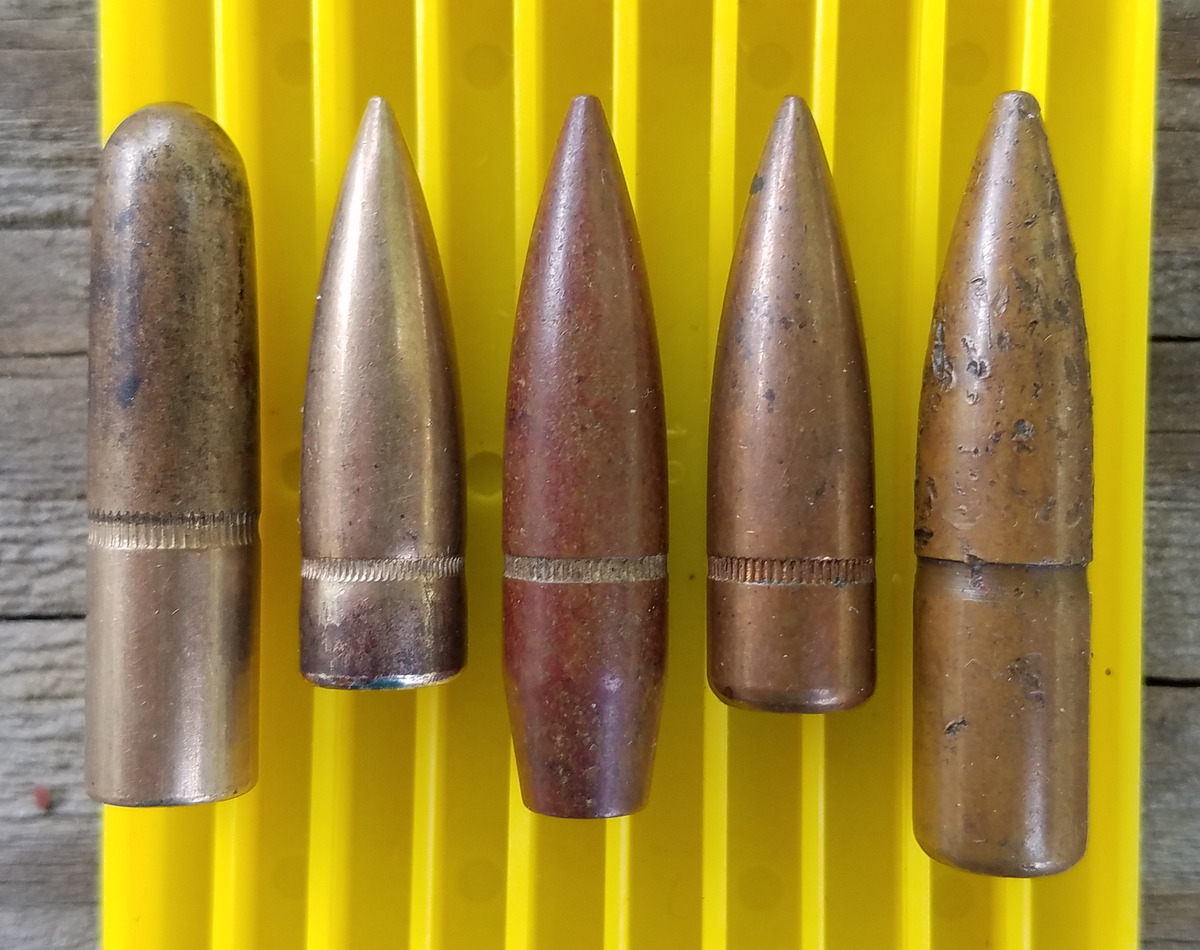- Messages
- 616
- Reactions
- 472
I love what the 130 gmx bullets do out of my 270 and I can't wait to get a load worked up for my 7mm. I'm thinking however to go with a brass option. See I shoot the 300g bloodlines out of my muzzleloader and what them things do to an elk at 10 yards is impressive. And what they do to an elk at 150 yards is also very impressive. Only issues is finding all the damn peddals when butchering. Not fun getting one of them in the burger.
Has anyone noticed that it seems like you get less bloodshot with monolithic bullets?
Has anyone noticed that it seems like you get less bloodshot with monolithic bullets?














